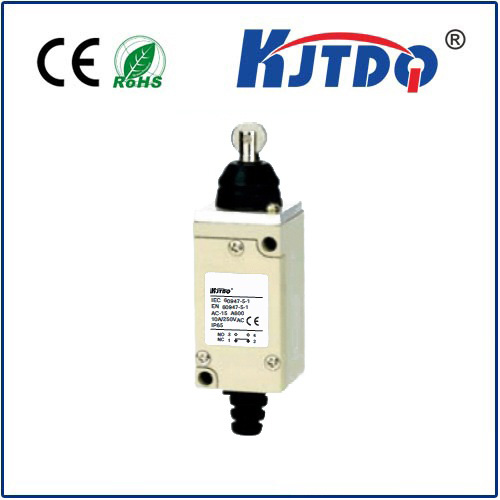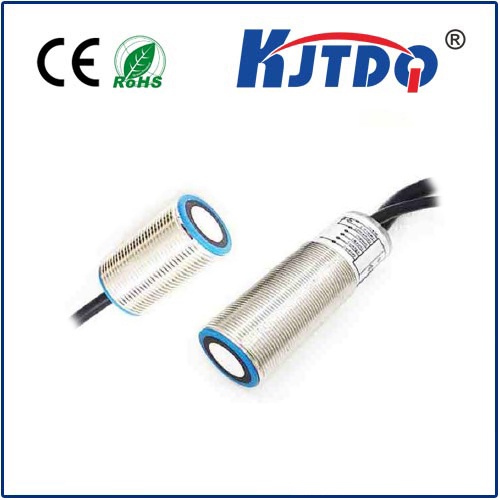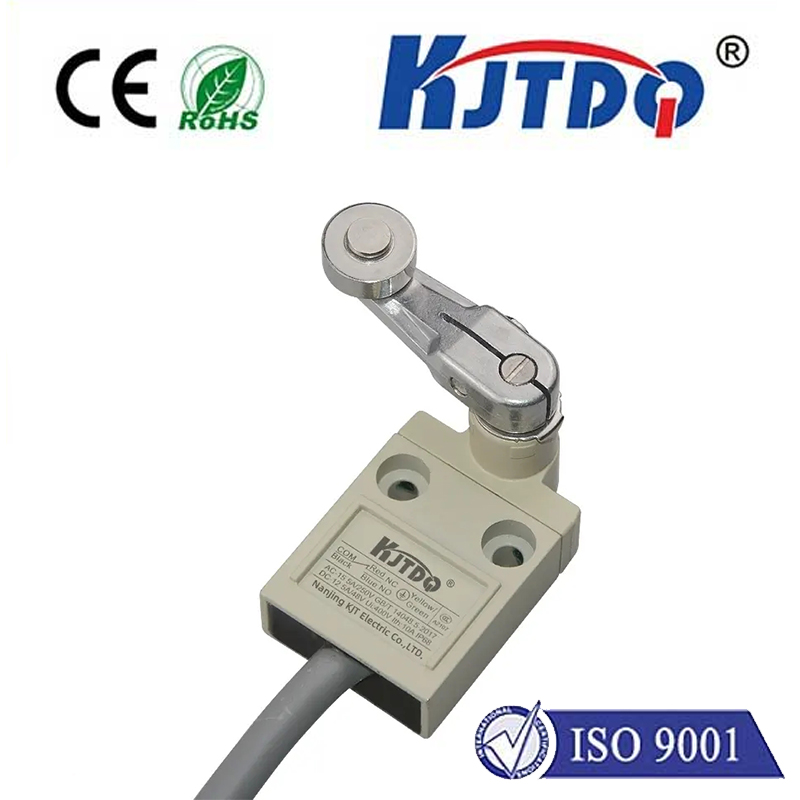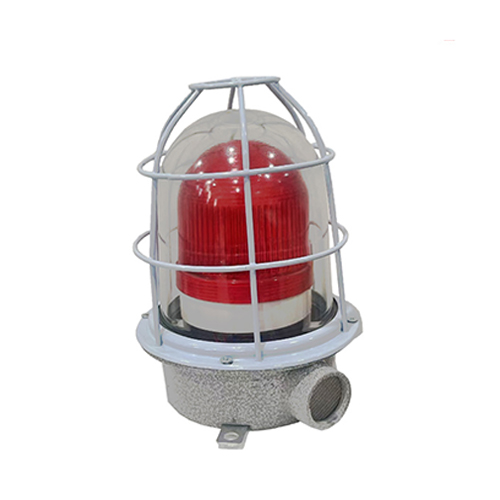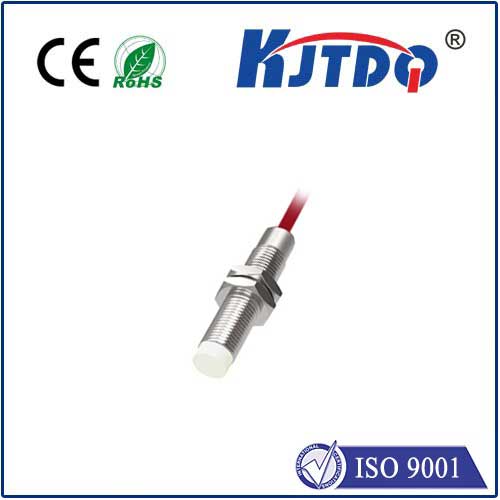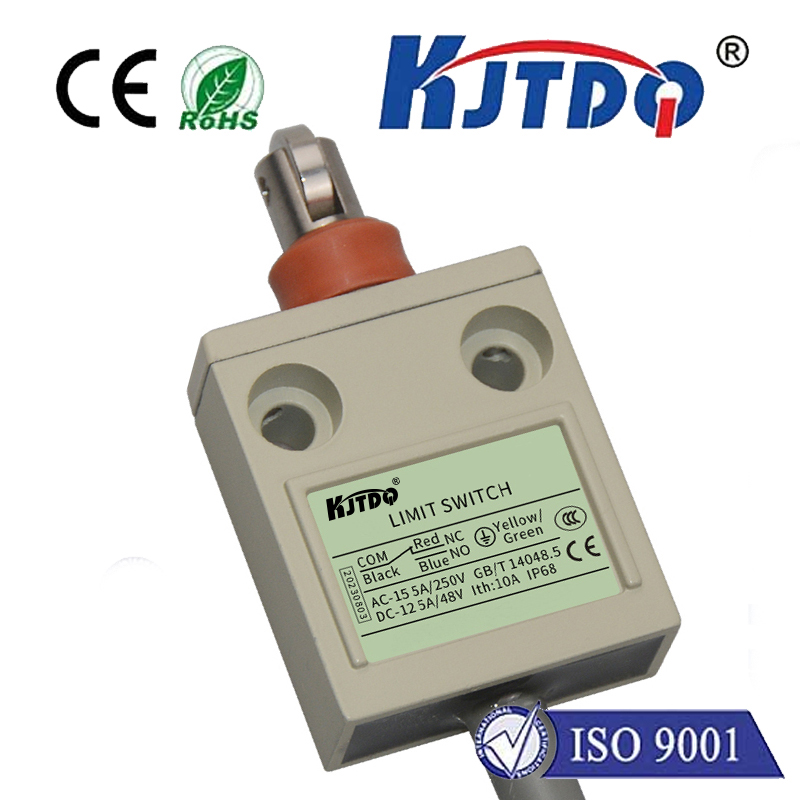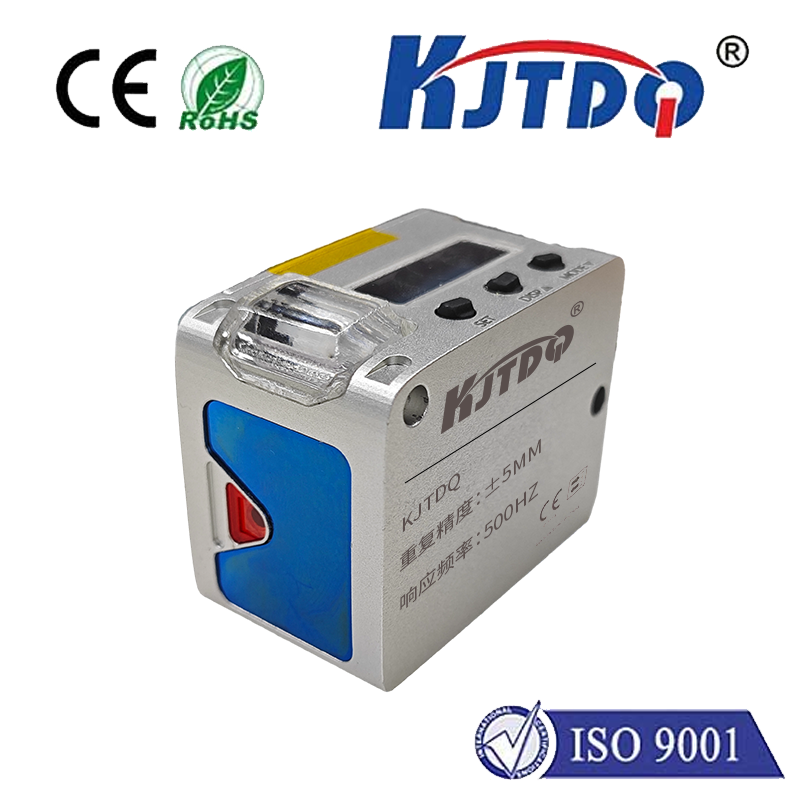

check

check

check

check
Picture this: It’s the coldest night of the year. Your furnace hums reassuringly, pushing warm air through the vents, keeping your home a cozy sanctuary. You’re blissfully unaware of the intense heat generated within the furnace’s combustion chamber or heat exchanger. What prevents that vital component from becoming a glowing, dangerous hazard? The unsung hero working silently behind the scenes is often the fan limit control.
This unassuming device, sometimes called a fan limit switch or simply a limit control, plays a dual critical role: ensuring efficient comfort delivery and, more importantly, acting as a fundamental safety barrier against potentially catastrophic overheating. Understanding its function is key to appreciating furnace safety and performance.
What Exactly is a Fan Limit Control?
Fundamentally, the fan limit control is an electro-mechanical switch strategically mounted within the furnace’s plenum (the main air chamber directly above the heat exchanger or burner assembly). It contains a temperature-sensitive probe or sensor that constantly monitors the plenum’s air temperature.

Think of it as a specialized thermostat designed specifically for managing furnace fan operation and enforcing critical temperature boundaries, rather than controlling room temperature. It features three distinct settings governing its actions:
FAN ON) Setting: This determines the minimum plenum temperature at which the blower fan will automatically start after a heating cycle begins. Cold air blowing immediately after ignition feels drafty and is inefficient. The fan ON delay allows the heat exchanger to warm up sufficiently to deliver genuinely warm air.FAN OFF) Setting: This dictates the maximum plenum temperature at which the blower fan will turn off after the burners shut down. Turning the fan off too early wastes residual heat still radiating from the hot exchanger. This setting lets the fan extract almost all useful heat before stopping.LIMIT) Setting: This is the critical safety threshold. It represents the absolute maximum safe operating temperature allowed within the plenum. If this temperature is reached or exceeded, the limit control intervenes decisively.The Vital Safety Dance: How the Limit Function Protects Your Home
The LIMIT setting is where the fan limit control earns its title as a safety guardian. Its operation is straightforward but life-saving:
LIMIT.HIGH LIMIT setting, the limit control acts immediately. It cuts off power to the main gas valve or burner control circuit, shutting down the heat source. This is its primary safety function: preventing the heat exchanger from overheating to the point of failure or creating a fire hazard.FAN OFF setting (or sometimes a separate reset point below the LIMIT) will the fan finally shut off.Why This Device is Non-Negotiable for Furnace Safety
The consequences of a malfunctioning or absent fan limit control can be severe:
Signs Your Fan Limit Control Might Be Failing
While robust, fan limit controls can wear out or malfunction. Be alert for these symptoms:
Maintenance and Replacement: Leave it to the Pros
FAN ON, FAN OFF, LIMIT) precisely to your furnace model and specifications; incorrect settings compromise safety and performance.